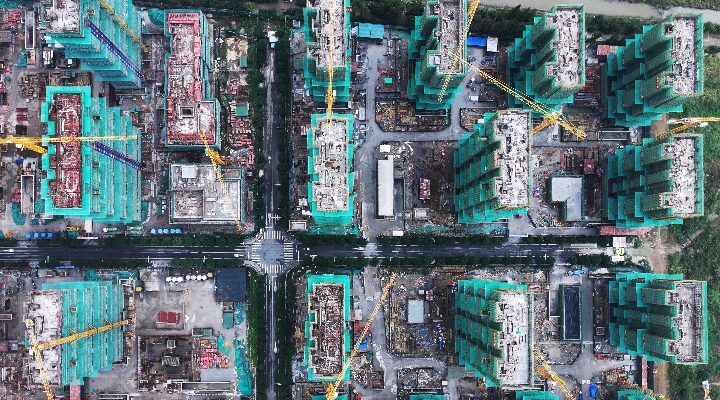
The trade war that has embroiled the U.S. and China is far more significant than many investors yet recognise.
Capital market investors have clear views of the short-term implications, but the longer-term impacts are less visible and the degree to which value chains and decision-making processes are permanently disfigured appears to be underappreciated by many investors.
The inescapable conclusion is that the world is moving inexorably towards another extended period of political and economic divergence, with some similarities to the original Cold War, but in many ways more invasive and more dangerous for investors.
A report from UBS suggests world GDP growth could fall by 1% as a result of the conflict. In its outlook, UBS has both the U.S. and China taking the majority of the pain – both losing more than 2% of GDP – but it warns the situation could easily exacerbate if there is no resolution.
For a time, it seems logical to expect that most other developed countries will continue to pursue multi-lateral trade deals. This would seem to gradually build up a volume of trade independent of the U.S., and large enough to cushion them from the potential tariffs from the U.S. That could work, until the point where they are forced to choose between camps.
Is de-escalation possible?
It is unrealistic to expect a return to the world of 2015. Current cross-party consensus in the U.S. seems to be aligned behind the view that the U.S. must be tough on China. Hence, even a Democratic President is unlikely to substantially change the current course. That means the best we can hope for is a weakening of the forces driving the new cold war.
Logically, a prolonged trade war is likely to escalate and involve more countries, resulting in entrenched positions and non-tariff barriers to trade. This would be a permanent dislocation of global value chains and consequently, profit margins across most industries.
As the secondary effects percolate through the economies, we see the return of inflationary pressures, triggering interest rate rises and further pressure on margins. Stock markets do not appear to have reflected these potential long-term and long-lasting effects on the corporate sector.
Who wins and who is on the danger list?
China
The volumes of trade between developed and emerging countries look set to decrease, becoming replaced instead by automation, machine learning and artificial intelligence (AI).
Trade between emerging markets countries, however, accounts for 39% of world trade and has been growing at a compound annual rate of 2.9% over the past decade, versus advanced economies’ trade growth of 1.1%.
Given China’s size, growth and the sheer scale of physical infrastructure built to facilitate trade with the 80-plus countries of the Belt and Road Initiative, it seems conservative to expect intra-emerging market trade to overtake developed market trade by 2025.
At the heart of all this, China, with its combination of single-minded and stable leadership, economies of scale, an increasingly educated population and a dynamic domestic market – along with its fellow Belt and Road countries – is therefore likely to enjoy continued growth of volumes and value of trade.
It seems all the pain of the trade war is highly unlikely to reduce the US-China trade deficit, or to derail China’s development.
Vietnam
Vietnam is significantly behind China in terms of its ability to attract foreign direct investment but in this climate, the fact that it is not China is more important.
Hanoi is playing its cards very adeptly, by remaining a founder member of the Comprehensive and Progressive Trans-Pacific Partnership (CPTPP) trade agreement, and committing to the standards of intellectual property protection, dispute resolution and market access.
It is the biggest beneficiary of recent moves to reposition supply chains in Asia, and the result is a substantial boost to GDP over the next decade.
Egypt, India, Pakistan and peers
The worst placed are those countries that display a confluence of already high levels of inequality and, fast-growing populations, young demographics, poor education, higher youth unemployment and gender inequality.
For example, in 2017 Pakistan was struggling with the combined pressures of a large, young, fast-growing and mainly rural population.
There were 22.8 million children out of school and for those students who stay the course, standards of education remain relatively poor, with little hope for meaningful employment. Faced with this situation, it is hard to see what policy ca start to redress the scale of the problems.





























